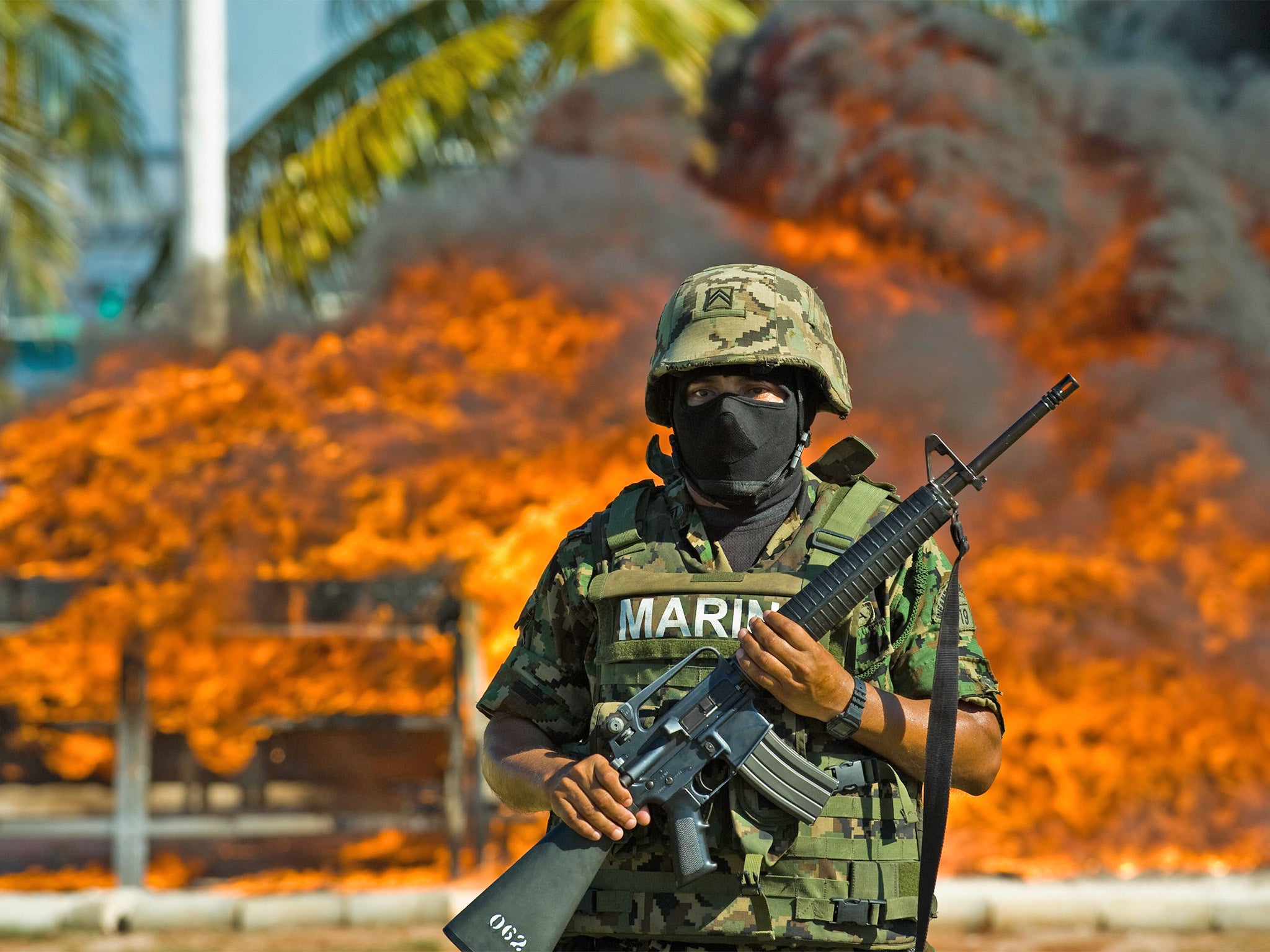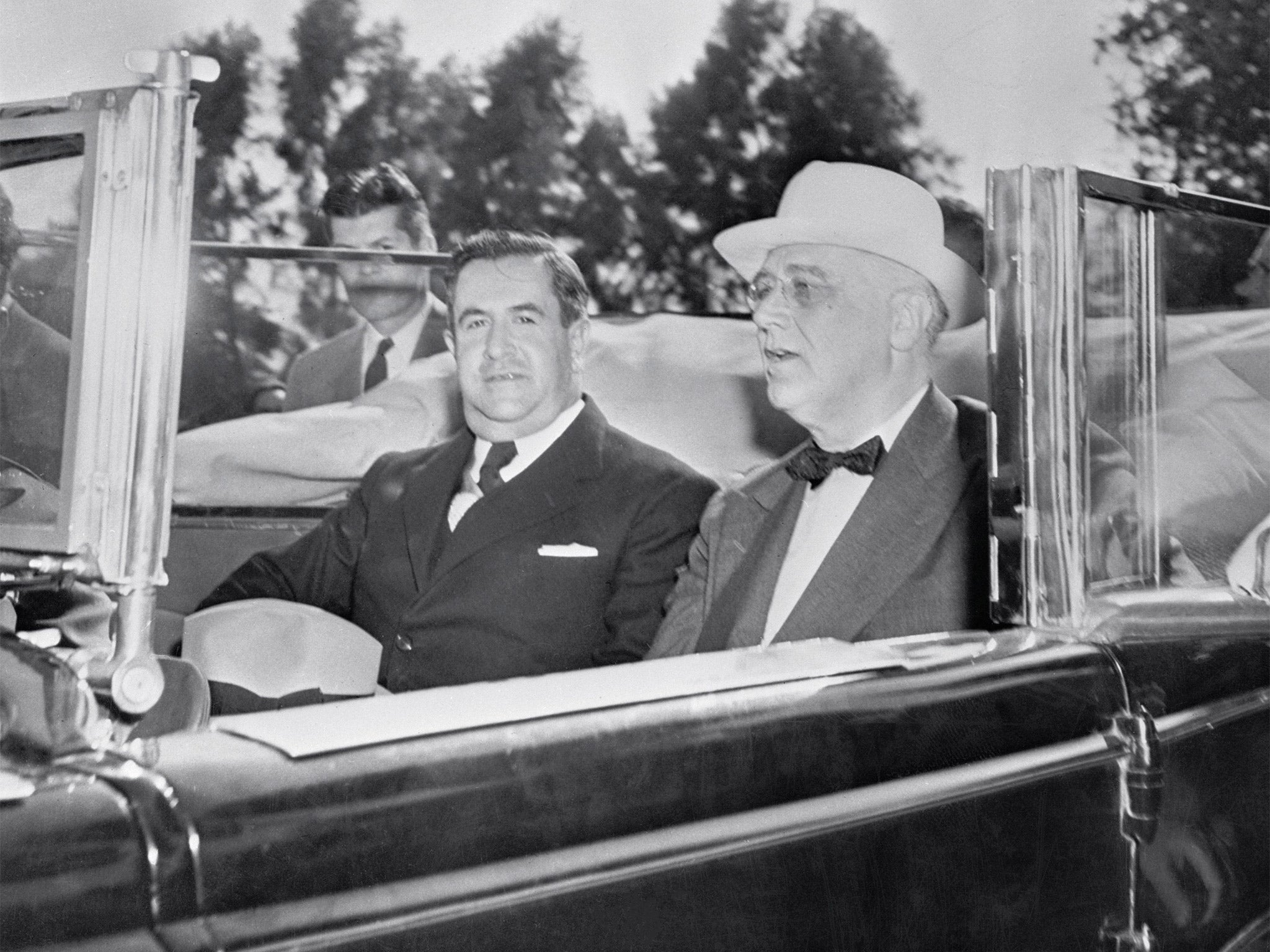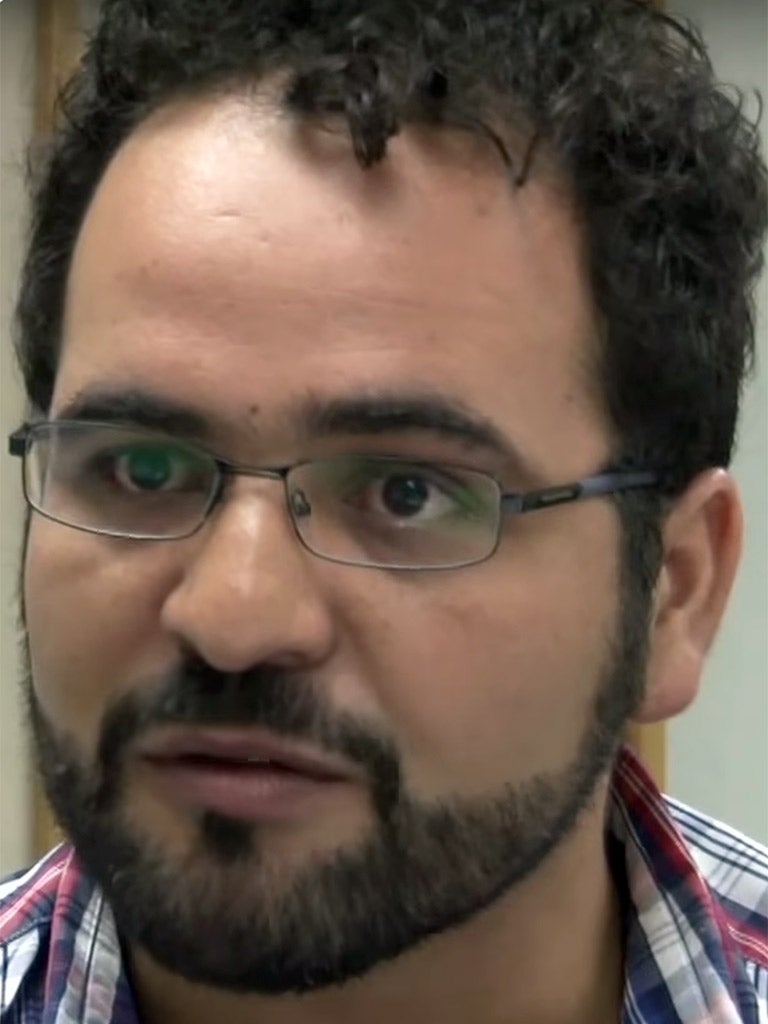Mexico lost its war on drugs 75 years ago, author claims
A US ultimatum demanding that Mexico ban previously legal narcotics ‘forced addicts and producers to take up arms’

Mexico’s drug trade is synonymous with violence, corruption and cartel bosses battling for territory. But it could have been so different, it’s claimed in a new book, had the US not issued an ultimatum 75 years ago which ignited the war on drugs – leading to death and destruction on both sides of the border.
Documents in the book reveal that Mexico legalised drugs in 1940, after doctors convinced the then president, Lazaro Cardenas, that prohibition was damaging public health. Doctors believed that the best way to tackle drug-related ills was to treat addicts rather than lock-up smugglers and producers.
Mexico launched a diplomatic campaign to halt the global trend towards prohibition by addressing the League of Nations about the health benefits of legalisation. Several countries were supportive, but America and Canada, led by the US federal narcotics chief and staunch prohibitionist Harry Anslinger, objected and counter-campaigned to smear the Mexican doctors and their scientific studies.
Mexico resisted for four short months, during which Lola La Chata – the country’s first female drug trafficker and tabloid sweetheart – was livid at the downturn in her business as addicts started receiving drugs on prescription. But the government caved in when the Americans threatened to block the supply of legal pharmaceuticals. At that time, Mexico was almost completely dependent on the US for modern medicines. This historic U-turn set Mexico on the violent path it is still on.
A new President, Manuel Avila Camacho, sworn in at the end of 1940, aligned himself wholly with the US prohibitionist movement. Within months, he launched the first military operation against peasant farmers growing marijuana and poppies for heroin in the Sierra Madre mountains. The region is now known as the Golden Triangle – the epicentre of the powerful Sinaloa cartel and its boss Joaquin “El Chapo” Guzman.

Froylan Enciso, a historian and author of the new book Our Drug History: Passages to (Re)legalise Drugs in Mexico, told The Independent: “This was a key moment that Mexico has never come back from. Before this the drugs trade was peaceful in Mexico. But these military operations created an incentive for producers and smugglers to arm themselves and pay bribes.”
Enciso has investigated Mexico’s complicated relationship with drugs dating back to pre-Hispanic times, when people used natural substances such as peyote to connect to the spiritual world. His book focuses on pivotal moments in the 19th and 20th centuries – such as the arrival of cocaine and morphine from Europe and the first prosecutions of small-time smugglers in the 1920s – which he argues shaped Mexico’s current $30bn drug trade, and the ill-fated policies that have led to 100,000 deaths and 26,000 disappearances since 2006.

Born in Sinaloa, Encisco traces his home state’s transformation into one of world’s most important producers of drugs and drug lords back to the huge Pacific port of Mazatlan – one of the most important in the 19th century. It was here that opium from India and China and marijuana seeds marketed by European pharmaceutical companies first arrived in Mexico.
Documents reveal that the first production in Sinaloa began in 1931, prompted by the opium wars and wave of prohibition across Asia which contributed to a worldwide shortage. A local merchant asked poor unemployed miners – left destitute by the gold crash – to cultivate marijuana. The soil and climate were perfect and so began the boom in drug cultivation in Sinaloa.
In 1936, a politician helped poverty-stricken peasant farmers in the municipality of Badiraguato to start cultivating marijuana. Many of Mexico’s most notorious drug lords, including Guzman, Ismael “El Mayo” Zambada and the Beltran Leyva brothers, were born and raised in the Badiraguato hills.
During the 1970s, these future cartel bosses witnessed increasingly aggressive US-Mexican military operations against their communities, who were taking advantage of soaring global heroin prices.
Encisco documents one operation witnessed by Guzman in 1974, during which his village was robbed, women forced to undress and a child shot. He said: “These villages were the laboratory of human rights abuses, and the victims went on to become the aggressors. Mexico’s relationship with drugs is all about violence, corruption and pain, but it wasn’t always like that, and doesn’t have to always be.”
Join our commenting forum
Join thought-provoking conversations, follow other Independent readers and see their replies
Comments
Bookmark popover
Removed from bookmarks